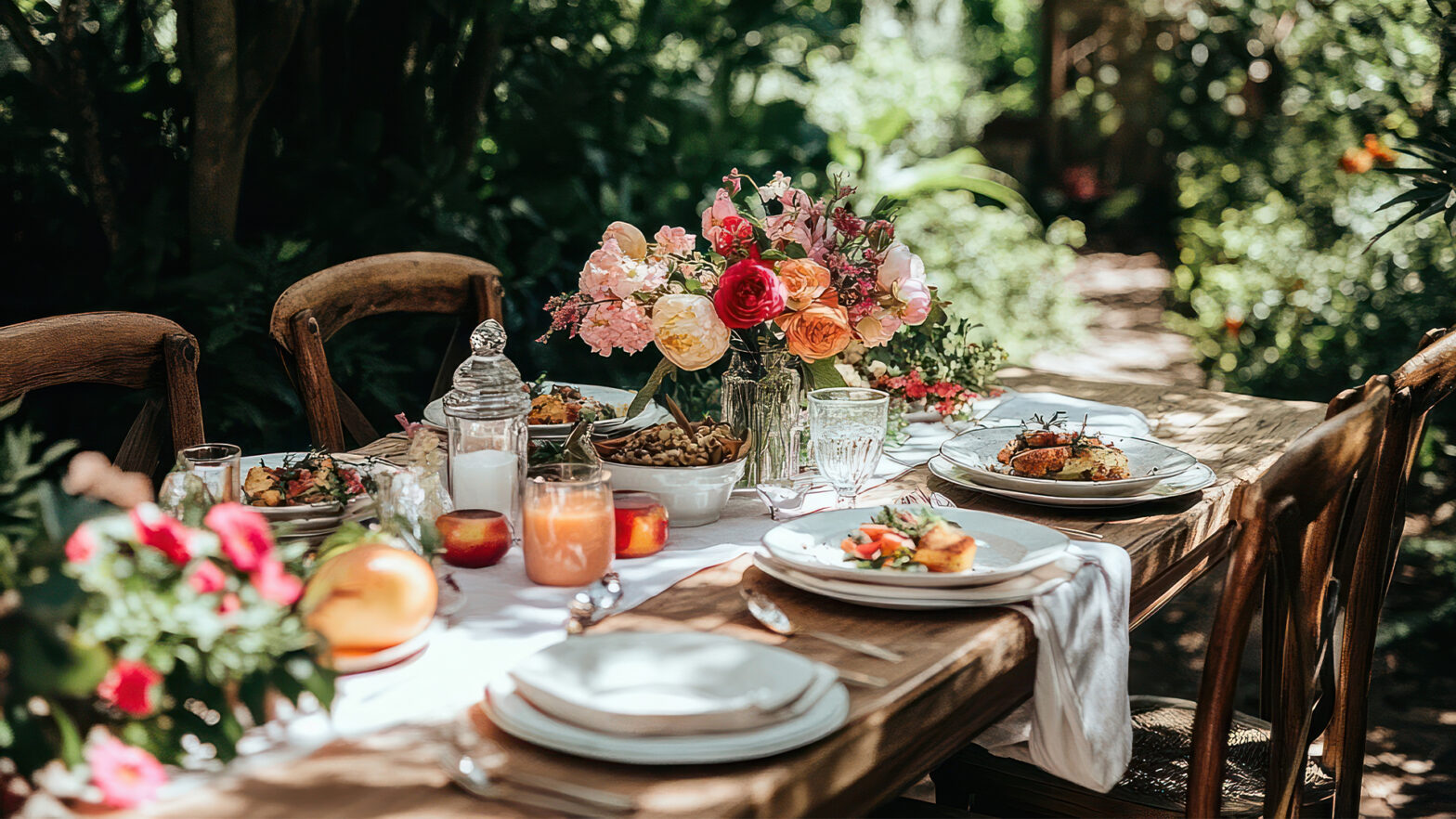Windows serve not only as practical elements of a house but also as crucial factors in its overall aesthetic appeal and design. In selecting the ideal window styles for your residence, it’s imperative to weigh both function and appearance. Various window styles come with distinct benefits, and opting for the perfect style can greatly improve the atmosphere of your living area.
Single-Hung and Double-Hung Windows
Single-hung and double-hung windows, both common window types in residences, possess a vertical design. The single-hung variant has one movable sash, while the double-hung features two sashes. These windows are adaptable and can fit almost any architectural style. Single-hung windows are frequently preferred for their straightforward design and affordability, making them an ideal selection for cost-conscious homeowners. In contrast, double-hung windows provide excellent ventilation control by letting you open both top and bottom sashes to maximize airflow.
Casement Windows
Casement windows are hinged on one side and open outward with the help of a crank. This design provides excellent ventilation and unobstructed views. Casement windows are ideal for areas where you want maximum airflow and natural light, such as kitchens and living rooms.
One of the main advantages of casement windows is their airtight seal when closed, making them highly energy-efficient. They also offer a modern and sleek look, making them a great choice for contemporary home designs.
Bay and Bow Windows
Bay and bow windows are designed to create a sense of space and allow more natural light into your home. Bay windows typically consist of three windows angled outward, while bow windows have four or more, creating a gentle curve. These windows not only add a touch of elegance to your home but also provide additional seating or storage space.
Bay and bow windows are often used in living rooms or dining areas, where they can serve as a focal point and offer panoramic views of the outdoors. They are also a great way to make a room feel larger and more inviting.
Sliding Windows
Sliding windows, also known as gliding windows, have one or more sashes that slide horizontally along tracks. They are a practical choice for rooms with limited vertical space, such as basements or bedrooms. Sliding windows are easy to operate and provide excellent ventilation.
One of the key advantages of sliding windows is that they don’t protrude outward when opened, making them a good option for areas with limited outdoor clearance. They also have a contemporary and minimalist appearance that complements modern home designs.
Awning and Hopper Windows
Awning windows open outward from the bottom, typically with a hinge at the top, while hopper windows open inward from the top. These window styles are often used in bathrooms, basements, or areas where privacy and airflow are essential.
Awning windows are designed to allow ventilation even during rain, as they can be partially opened without letting water inside. Hopper windows, on the other hand, are excellent for basement applications, as they provide both ventilation and security when opened only partially.
Some companies allow people to make custom windows as well. Custom windows offer homeowners the opportunity to tailor their window styles to perfectly match their unique preferences and the specific design requirements of their homes, ensuring a personalized touch that enhances both functionality and aesthetics.
Selecting the appropriate window style for your residence entails taking into account aspects such as functionality, appearance, and energy effectiveness. Every window style offers its unique set of benefits, with the optimal selection relying on your specific requirements and your home’s overall design. Whether you prefer the classic charm of bay windows or the contemporary practicality of sliding windows, choosing the right windows can significantly improve your living area’s comfort and attractiveness.


































